Bro Joe’s Space (Jasmine and Honey Scented Shed)
Bro Joe’s Space (Jasmine and Honey Scented Shed)
I have won 2019 Eco Champion award, from Logan City Council.
If GPS says you can go through Yarrabilba, you can’t.
In 2019 I will have these potted plants to sell: seed producing lemon grass, arrowroot (people eat the tubers like potatoes and chickens eat the young leaves) and galangal, cassava and citronella pellagonium. I also have organis honey for sale, $10/1kg jar.
I have had an electric bike since April 2018, which I put together, including recycling second-hand Lithium-Ion batteries from old laptops with the help of Substation33, who recycle electronic waste.
I have bought an electric van and plan to put solar panels on it, like Substation33’s Solar Trailer and use it as a tiny (portable) home to go north WWOOFing in winter and maybe full-time later. That is to help people learn to live more sustainably. I can help with a Permaculture Design and help implement a design. I can help set up European and native bee hives. You can see my closed crowd-funding campaign here, Monk’s Mobile Mansion.
Logan Village is in a drought micro-climate. Storms usually come from the south, and two mountain ranges make them go west and east of us, usually leaving us dry. So I use about 20L of water per day for non-drinking household use (cooking and washing – dishes, clothes and myself) and an additional approx. 5L per day for drinking. For the last year, the solar pump has not worked, to pump water from the dam. So vegetable production was very low. Now the septic trench has been redone, after the next rain flushes the dam, I’ll get the pump fixed.
There is a covered caravan – with paved north (winter sun) side, annexe, hammock, a vined trellis on the south side – as a second (double) bedroom for WWOOFer/s and HelpXers.
Most build info of the following features can be found at Bhikkhu Dhamma-daasa News. So the tours will not include much details, maybe detailing one main feature.
The tours will proceed in the following order (an old-fashioned bell may be rung matching the number of the feature, so people can know where to go and what is going to be explained).
Cooling and Heating/Cooking:
- A biogas plant for summer cooking with methane (see pic)
- ‘Sun Oven’ https://www.sunoven.com/ solar cooker for sunny-weather cooking
- A rocket stove for winter cooking (fuel: fallen branches, not purchased logs of wood – no serious wood chopping and quicker, higher-temperature burn, which means less pollution; creates biochar for the garden)
- Passive solar heating: 5am 11/9/18 the caravan was 11 degrees and the shed was 17 degrees; east-west-running shed with north side paved and trellised with Madagascar beans, grapes or passionfruit, for winter heating and summer cooling; north wall with window to let all winter sun onto thermal mass internal floor (see pic) and with ‘eave’ to stop summer sun hitting the north wall; beehives along north wall (see pic, smell of honey through window with any unusual northerly breezes); south side paved and trellised with (Madagascar beans and) jasmine and orange trumpet vine for summer cooling, and jasmine scent from usual southerly breezes
- A rocket mass heater for winter internal heating (fuel: fallen branches, not purchased logs of wood – no serious wood chopping and quicker, higher-temperature burn, which means less pollution; see pic). This is the most efficient heating system known to man, used in the European Alps for hundreds of years.
Food storage:
An above-ground 500L cellar max. ~24 degrees year round, less in winter, which enabled me to downsize my fridge from 240L to 50L (mainly for medicine, dairy and meat), solar and geothermally run, no electricity or moving parts. Now I have a camping fridge too, mainly to freeze things.
Water Management:
- Hybrid self-watering raised veggie bed, incorporating: swale, hugelkultur, wicking, grey water
- An external winter shower on the paved and trellised north side
- An external summer shower in a banana circle on the south side (home-grown zero-cleaning bathroom)
- All greywater from the inside (kitchen/laundry) sink, winter and summer shower go to the banana circle
- Rainwater gravity-fed to the shed, overflows to veggie garden; no town water here
- (out of order) Dam water pumped briefly by solar to garden water tank and other times back to dam through river rock for aeration
- Drip irrigation for fruit trees and some garden beds under thick mulch and cardboard
- Compost toilet
- The plan for an aquaponics system (veggie beds and fish tank) has been changed to waist-high wicking beds; the main aim was to garden using less water.
Chook Pen from Salvaged Materials (except wire and corner posts):
- Chicken run composter – protein source
- Raised bird dust baths – insect control
- Insect-repellent herbs for dust baths and laying spots
- Maggot farm – protein source
- Fruit trees – fruit and protein source
- Arrowroot salad bar
- Tunnel over the lawn, so they can graze
- Pond with duck weed and kangkong (Thai water spinach), so they can graze
Young Food Forest <3yrs: thickly mulched with mixed exotics and natives; natives are mostly nitrogen fixers; the pigeon pea and wattles had closed canopy (see pics above), but they have been cut back.
Two Flow Hives (relatively new Australian invention, cost ~$700; saves $700+ for extraction equipment) which have been converted to horizontal configuration (two boxes BESIDE each other, to avoid heavy lifting) and two normal hives beside my shed. Sometimes I have a few more new hives, getting ready for sale.
NOTE: bees are right by my shed and fly around it; they might fly around you, but if you remain calm and don’t flap your arms, they should not sting. In any case, know if you are allergic and bring an Epi-pen, if so.
Minor features include:
Local honey and honey comb, natural: cleaner, laundry and dish detergent, hand wash, plant pest spray, wine (mead); recycling: egg shells, kitchen scraps, weeds, greywater; free native and honey bee monthly workshops, w-(icking beds in p)-onds (‘magic wonds’) that are also toad traps; stainless steel pegs.
I used to make Jun culture (probiotic fermented tea with honey), like Kombucha, which cannot be made with honey.
Read more in the Jimboomba Times written by Michael Burge on 4 September 2017.
I have a Blue Card and welcome school outings.
To find out more about Bro Joe’s Space read my blog and find out more about me here.

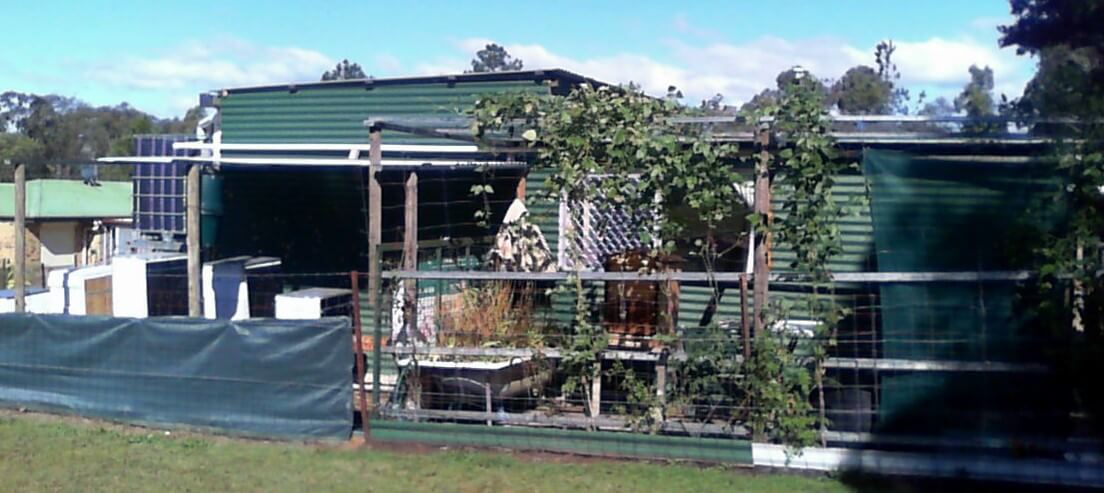
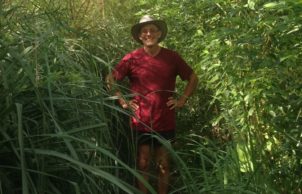
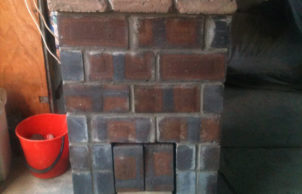
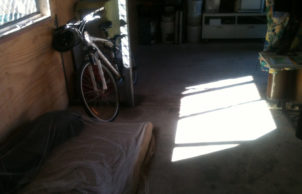
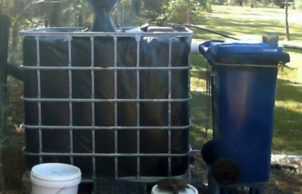
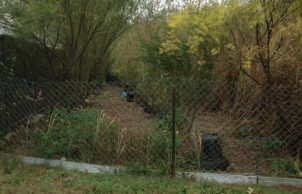
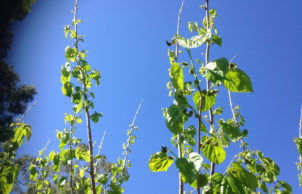
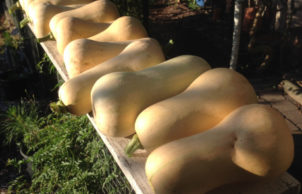
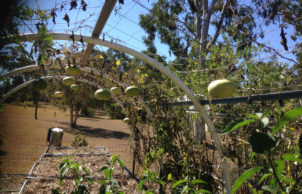
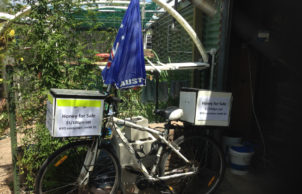
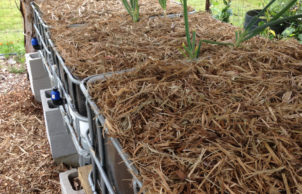
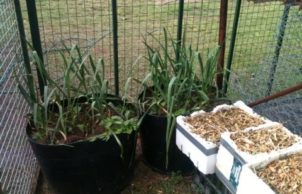
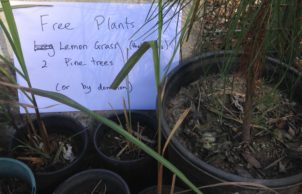
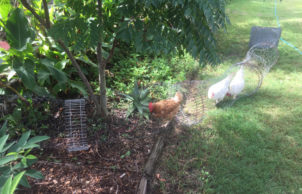
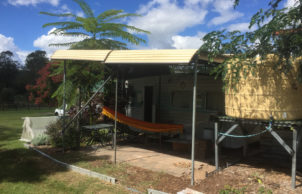
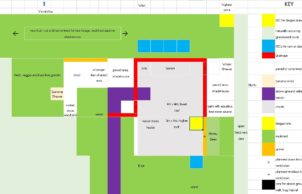
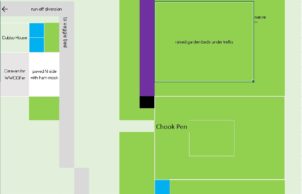
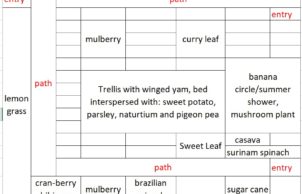
Ask questions about this house
Load More Comments